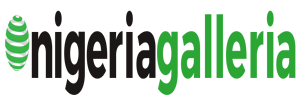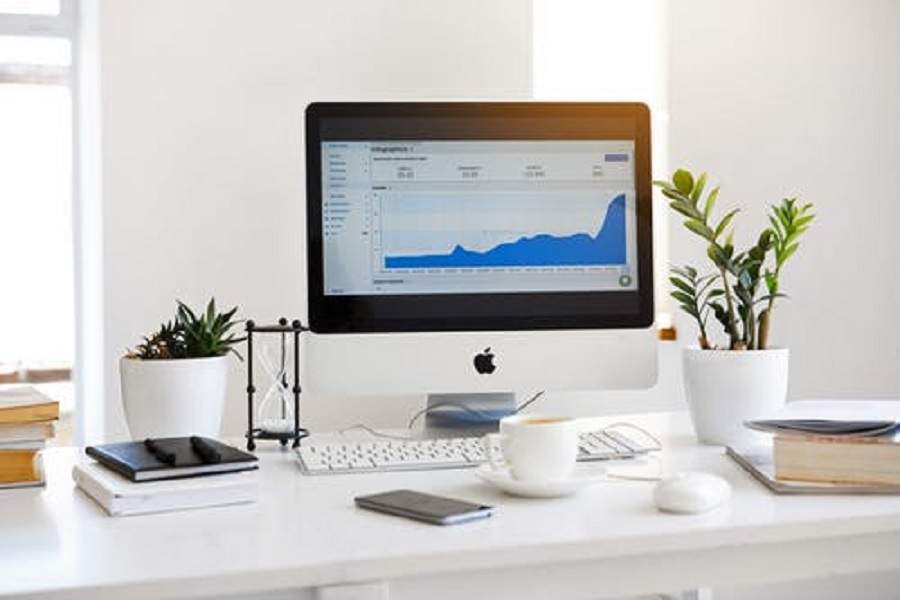We might be more familiar with assets like houses or other properties, and less familiar with digital assets. Though, digital assets may be the thing we most interact with. You know the word digital and you know assets, but what do they mean when put together?
What are digital assets?
In its simplest explanation, a digital asset is any content which can be stored digitally. So, right off the bat, that means documents, videos, music, photos, slides, sheets, and the likes. All types of content and formats account for digital assets.
Assets are what holds value. The home you live in, for instance, isn’t an asset because you spend on it. A second house you might rent out is an asset. This is how it works in the offline world. In the online world, digital assets make you money; somewhat like a passive income. When you try to make sales online, people buy based on the content you’ve put online as your product or service.
There are several types of digital assets like websites/blogs, landing pages, email lists, video channels, and more.
But companies need to make sure their digital assets are not just compatible with devices consumers use, but also compliant to copyright infringements, which is when digital asset management comes in.
Digital Asset Management (DAM)
DAM simplifies a major issue that companies have with an overwhelming amount of digital data. The content is stored centrally through a DAM system for all departments that need to access the data. If your company is compliant in the digital data it uses, that data becomes an asset.
To understand and pinpoint the value of a file in your assets, you need to have more information about that file. This is realized through metadata, which is basically data that gives more information about other data.
This means DAM is composed of media content and its metadata. Metadata can be complex or simple.
It’s a relatively new concept in businesses, so you might not be aware of how to manage your digital assets. This is why listed 10 tips to manage it:
Assess business needs
The first step is to know the types of digital assets your company needs or already uses in order to use the right DAM system. This is in the form of an assessment. A company team may be spending hours editing images and videos, for instance. If that is the case, management tools will cut down how much time your staff is spending on digital data.
Metadata entry
The system you will use will be based on the metadata entries. Entries could be technical, instructions, or content, for example. Attempting to enter metadata in an already set system can be difficult. The effectiveness of your DAM will depend on how you use your assets and metadata.
Workflow
A DAM system can be customized so that different members can access the assets they need for their daily work.
Permission set up
You can incorporate permission in any of these three ways:
- Upload Approval Required: This allows for anyone to upload, yet uploads will not show on the system until it’s been approved by an administrator. Administrators will have the freedom to check file information and file them with keywords. They can either approve, modify or reject an upload. They can also send it back to the user to make appropriate changes when necessary.
- No Approval Required: No administrator needs to approve uploads and content will show up immediately.
- No Upload Permission: In this case, users can view the library but are not allowed to upload to it.
Technical needs
 Your technical needs should be parallel to your current and future business needs. It needs to be determined if the system you will use now can handle future growth of the business. DAM software is the best way to manage digital assets and the most common way due to their ease of integrating into the system you already have. Software will give you: Advanced search, global filters and metadata, automatic keyword tagging, email alerts and links, creative collaboration, image conversion, and more. This creates a centralized hub of work to manage, share, or track digital assets easily.
Your technical needs should be parallel to your current and future business needs. It needs to be determined if the system you will use now can handle future growth of the business. DAM software is the best way to manage digital assets and the most common way due to their ease of integrating into the system you already have. Software will give you: Advanced search, global filters and metadata, automatic keyword tagging, email alerts and links, creative collaboration, image conversion, and more. This creates a centralized hub of work to manage, share, or track digital assets easily.
Scaling ability
The right DAM system should have the ability to scale a large number of digital assets. You want to know the impact of scaling on speed. A DAM system model typically depends on storage or number of users. The system needs to scale to the growth of your company.
Degree of system customization
Every company or firm is different in its ecosystem, its processes, and its system. You want to build a flexible DAM system to accommodate and reflect the workload. Some DAM customizations may require a lot of coding which might not be suitable, while other systems may only need some modifications and adjustments.
Project based
Members of your team may be responsible for DAM based projects. Hiring or utilizing a team leader or project leader can prove to be beneficial and a good approach, creating and ensuring consistency throughout each project.
Keywords
Keywords need to be listed and their structure simplified. Yet, they also need to be thorough in the description as well as be consistent. You’ll want everyone involved to understand the different terminologies being used, so they need to be familiar keywords to the company.
Albums
When a team is collaborating on a project, the use of albums can simplify the process; the same way a music playlist is quicker than searching through a folder filled with songs. Each file in an album will have all the necessary information about it. As a company develops and grows, it is wise, and actually crucial, that team members are trained in using a DAM system. Without DAM, there is basically no efficient way to search for a digital asset file. With DAM, you have an effective way of handling all media files, with each asset having its own information on it, from simple information like a title, to more complex information such as terms of use.

